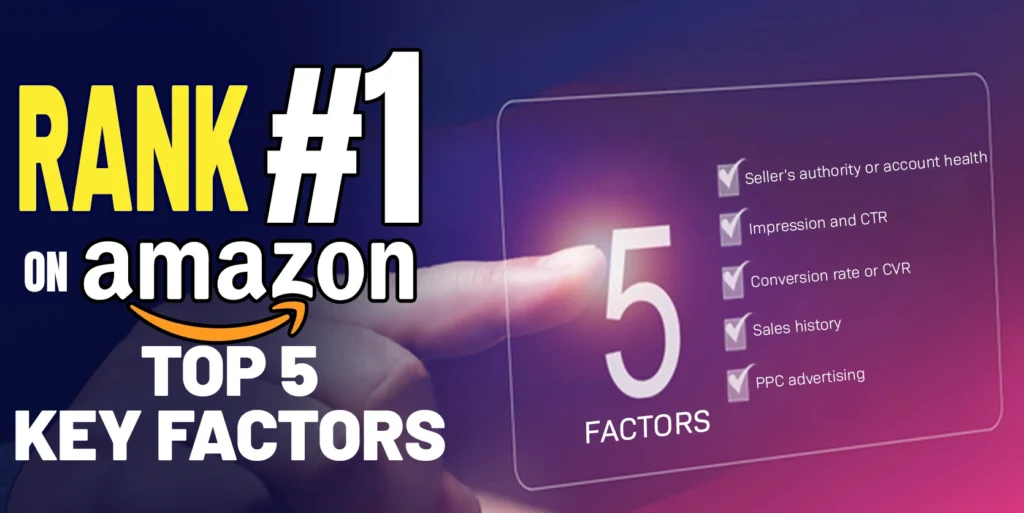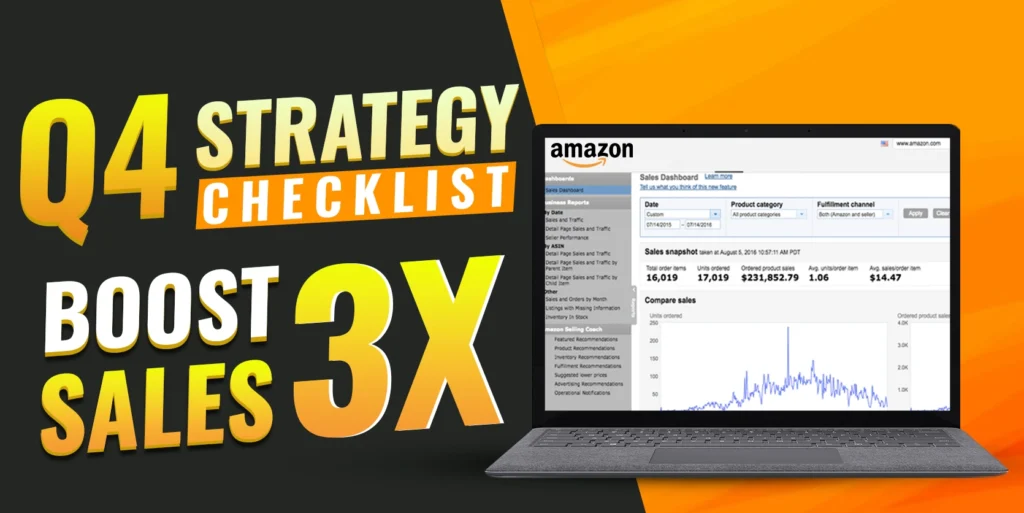Amazon is expanding day by day as well as its consumer also expanding. All consumers use different types of keywords to find their products. Some customers use specific keywords to find their needs. So, keywords are the key to ranking your products.
Every Amazon seller wants a creative solution to stay on top of the search page. One of the key elements to determine in this strategy is the keywords you want to rank for in search, ultimately driving your audience to your products. So, keyword research is one of the most important skills for any seller. It helps you understand what your audience is searching for, and how to optimize your content and rank higher on the search page.
Short keywords are generic, and popular terms with high search volume and competition. Short keywords can help you reach a large and diverse audience, increase brand awareness, and generate more traffic. But they are more competitive, more expensive, and less likely to convert. But Long-tail keywords are more specific, niche, and targeted terms that have less search volume and competition. With long-tail keywords, you can reach a specific and qualified audience, increase relevance and authority, and get more conversions with lower spending.
In this content, we discuss how to collect long-tail keywords and their benefits.
Table Of Content:
1. What Are Long-Tail Keywords?
2. Benefits of Using Long-Tail Keywords
3. How to Find Long-Tail Keywords
4. Insights
What Are Long-Tail Keywords?
Long-tail keywords are specific and highly targeted search queries or phrases that typically contain four or more words. These keywords are more specific and less frequently searched for compared to broader, more general keywords. It is well known that long-tail keywords account for 70% of all web searches. That means you can identify many more keywords that are far less competitive. So while your pages are less likely to be viewed (due to fewer monthly searches), the chances of a visitor converting are very high due to the specifics of the search query.
Benefits of Using Long-Tail Keywords
- Lower Competition: Long-tail keywords generally have lower search volumes and face less competition than broader keywords. This means it can be easier to rank higher in search engine results pages for long-tail keywords, increasing your visibility and organic traffic. With less competition, you have a better chance of standing out and capturing niche audiences.
- Better Conversion Rates: Visitors who use long-tail keywords are often further along in the buying process or have a more specific intent. They have a clearer idea of what they are looking for, which makes them more likely to convert into customers or take desired actions on your website. Long-tail keywords can help you attract highly motivated visitors who are more likely to engage, make purchases, or subscribe to your services.
- Easy to rank: In most cases, your long tail keywords already include the short keywords you want to rank for. This combination makes it easier to achieve both goals, boosting your rankings for both your primary and specific targeted keywords. This is good news because higher website rankings mean more organic traffic.
How to Find Long-Tail Keywords
Now we are going to show you how to collect long-tail keywords in 4 steps. We’ll describe it below step by step.
1st step
First, you need to download the ‘Search Query Performance’ report which is in the brand analytics tab. From this report you can see the top searches that led customers to your products. Make sure to download this report from the ASIN View instead of the Brand View.
By clicking the ASIN view and finding your product. Taking the most extended data range, select the year and the first quarter, and click apply. Now it will give the top keywords or search terms for your product. If you want, expand your rows upto 100 rows and generate a download.
When you download it, you will see the report above.
2nd Step
Now, you have to download your search term report, and you can do it with your sponsored products, brands, and display campaigns. This report is going to show you the top keywords that you brought to your listing through paid ads.
Try to take the most extended data range you can.
We know the search query performance report gives us the search term separated by ASIN. But from the search terms report we don’t get ASIN-wise search terms. Here you see that when you downloaded the search terms report you got different types of campaign search terms.
So, it’s essential to have a campaign naming structure so that you can easily find out specific product search terms. If you don’t have a campaign-by-product naming structure you could also put it in a portfolio.
Sort the campaigns to find the search term which actually got sales. Let’s get rid of the keywords that have zero sales behind them. After that filter by condition and go less than or equal to your target cost Acos.
3rd Step
Now, you need to download a reverse ASIN search term on your top competitors. Why you want to do this, the reason is that the first report that you download only will show you that you are bringing traffic to your products. The advertising report is going to show you the search terms that you use in your advertising campaigns. So the reason you need to do a reverse ASIN search on top competitors is to get their keywords into the mix as well. So pick up ten of the competitor’s ASINs and go to Helium-10 then you will see the keywords research tools and select Cerebro. Now you need to put your competitor’s ASIN in the Cerebro and click on ‘Get Keywords’
Here, you can see 4,019 Keywords but all mixing like short and long tail keywords. But we need only long-tail keywords. So what are we doing here is:
We are trying to find long-tail keywords. So we’ll filter our keywords sheet like below. We’ll take above 100 search volume, at least 4 words, 2 competitors, and a top 50 rank. And now click on ‘Apply Filters’
After applying this filter, we got 260 Keywords and all of them are long-tail keywords.
4th step
Now, we have two other reports that we made earlier, one is the ‘Search Query’ report and another one is the ‘Search Terms’ report. Now copy all of these keywords and paste these below the Cerebro keywords sheet.
Now, you need to find search terms that have at least four words. So we are using a formula and counting the words.
Formula is (=IF(cell no=””,” “,COUNTA(SPLIT(cell no,” “))).
Here “cell no” means the cell for which you want to get the word count.
After that, remove less than 4 number words. So, here we got total of 309 long-tail keywords.
Insights
So, incorporating long-tail keywords into your Amazon PPC and content strategy can be beneficial, mainly if you aim to capture a specific audience, increase conversions, and establish your authority in niche markets. However, it’s important to balance your approach by considering broader keywords and staying flexible to adapt to changing search trends.
If you want to learn more about using long-tail keywords or need help getting started, feel free to contact us with a comment or email us your questions at: info@ecomclips.com



